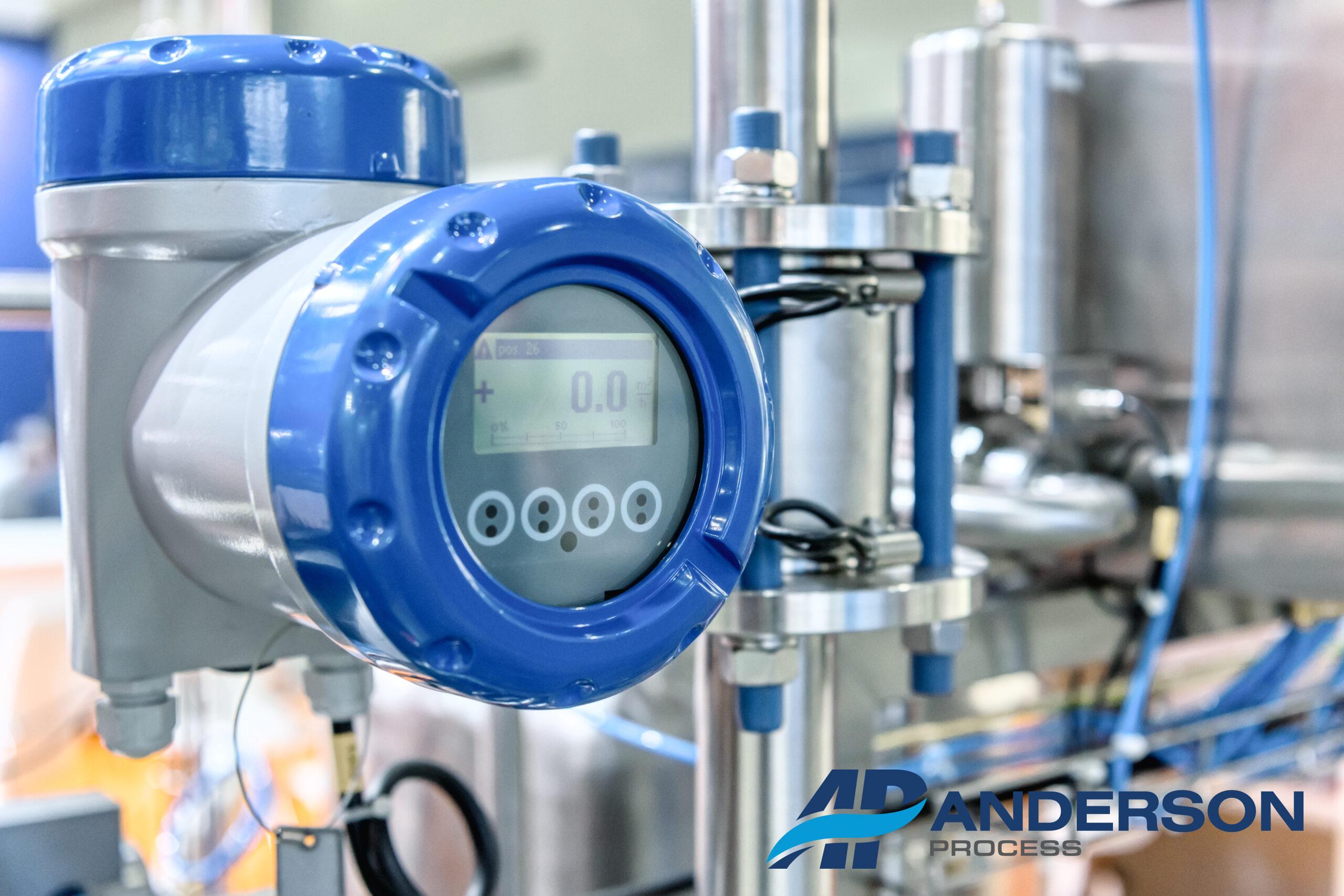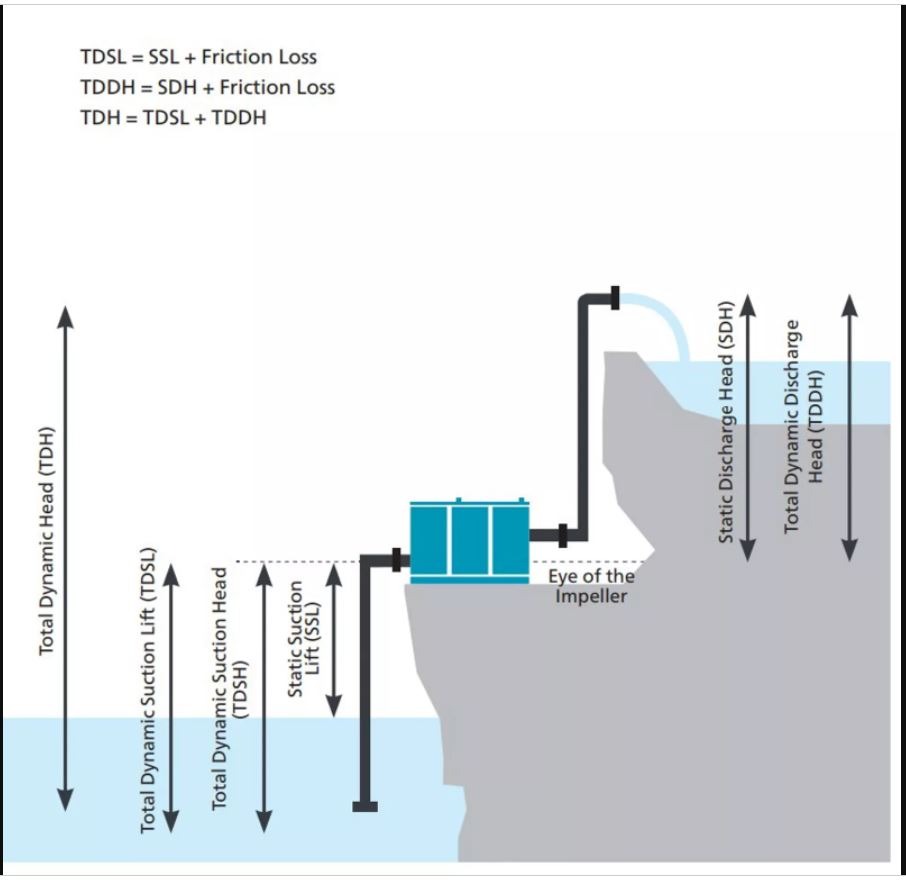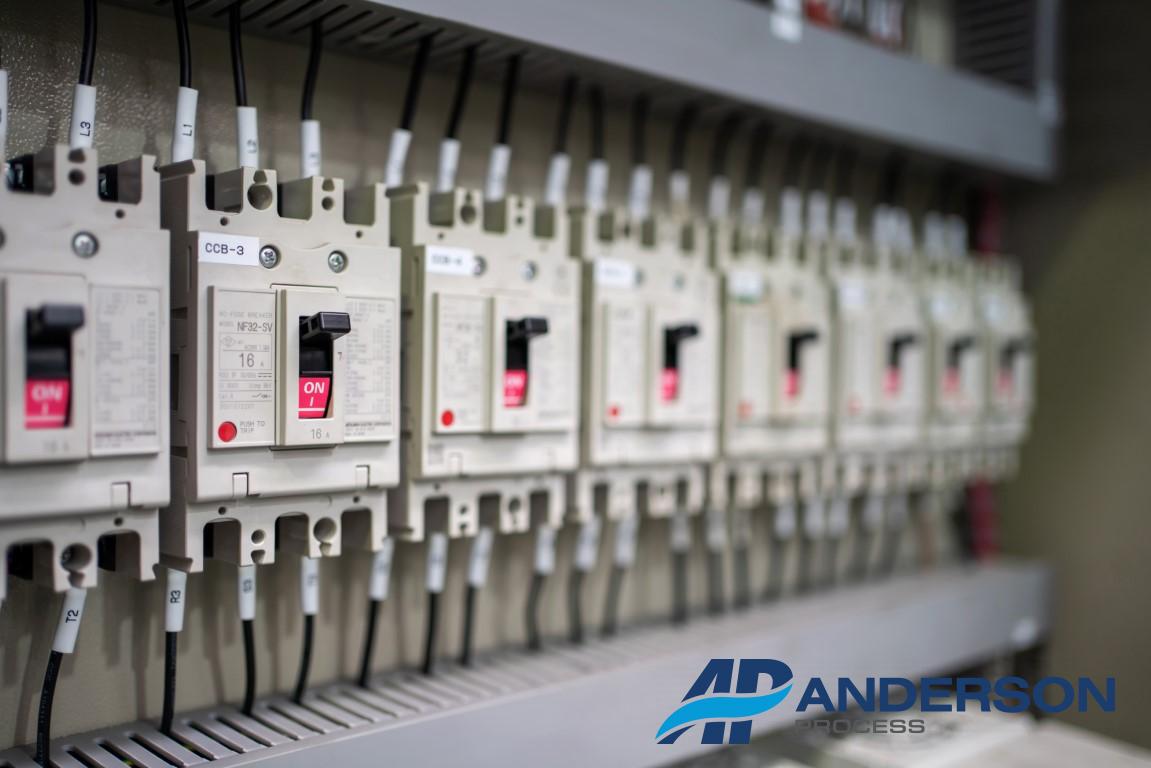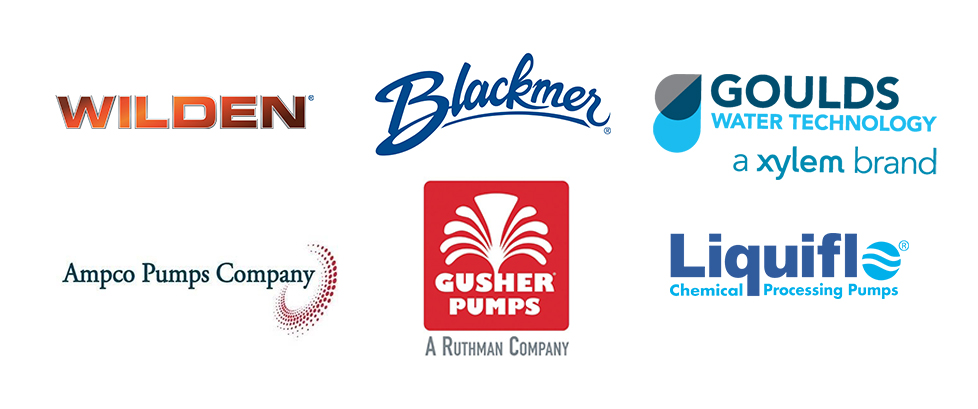With so many options to choose from in today’s day and age, buying the right pump for your application can initially feel like an overwhelming task. A task that can cost you time and money if not approached correctly. Providing detailed and accurate information is essential to finding the best pump for your application. That said, what information should be provided and what other factors should you consider when shopping for a pump? Let’s walk through some of the key factors to determining the most effective pump for your application.
What is the Flow Rate?

Typically measured in gallons per minute (GPM), flow rate is a metric measuring how much fluid is moving through the system and how fast. Calculating the wrong flow rate could be a costly venture. If the flow rate is estimated too high, that could mean excessive power consumption. If it’s too low for the application the pump can be overworked, potentially reducing its life span. Flow rate can be measured in a couple of different ways, using a flow meter, or calculating flow manually by collecting fluid. A flow meter is a simple device that measures the amount of fluid passing through the system. To receive an accurate flow reading, attach the flow meter to the discharge outlet and the reading on the meter will give you the flow rate of the system. To calculate the flow rate by collecting fluid, collect the fluid at the output of the system using a container. Measure the fluid collected, time taken to collect it and use this flow rate formula to figure out the flow rate of the system:
Flow Rate = Volume of Fluid Collected/Time Duration Taken to Collect Fluid
If you are still unsure of your flow rate calculations, provide the pump supplier with details like the type of work the pump will need to do and the environment it will be functioning in.
What is the Fluid Being Pumped?
Provide detailed information to the seller about the media being pumped. What is the viscosity of the media being pumped? A thick fluid like glycerin or corn syrup for example might require a more powerful pump then less viscous fluids like water or gasoline. What is the chemical being pumped and can an MSDS sheet on the chemical makeup be provided? An MSDS (Material Safety and Data Sheet) is a document that contains chemical makeup information and critical safety information such as health, fire, reactivity and environmental dangers of the chemical. An MSDS also contains detailed directions on how the chemical can safely be used and handled. The chemical being pumped, especially if it’s hazardous, could influence the material of the pump housing and the inner parts (diaphragms, seals, etc…), to be recommended for safe use. Other factors such as the temperature of the media and whether it contains solids is also important information to include. Providing as much detail as possible about the media being pumped will help significantly reduce the chance of an incorrect pump recommendation.
What is the Total Head?

Total Dynamic Head, also commonly referred to as Total Head, is the total amount of pressure when liquid is flowing in a system. Measured in feet, static head and friction loss are the two most important factors when calculating Total Dynamic Head. What is the static head (vertical lift) of the application? The static head of the application is the height that the fluid must travel (from below ground to above ground) as it moves through the discharge pipe. The static head can be calculated by taking the lowest point the water sits and subtracting it from its highest point. What is the friction loss from the application? When liquid flows through the pipe, friction is created by liquid rubbing against the pipe, which effectively slows the liquid’s progress up the pipe down. Factors such as fittings on the pipe, elevation increases or decreases and bends in a pipe all can affect friction level.
Refer to your preferred pump manufacturer’s friction loss charts for estimating how many additional feet would be needed due to friction loss. Total Dynamic Head (measured in feet) is then calculated by adding the total static head and the total friction loss. Providing inaccurate total dynamic head information to a pump supplier could result in a pump that is more powerful that will use more horsepower than needed, which means overspending and excessive power consumption use.
Photo Credit to: Atlas Copco
What is the Inlet/Discharge Size Needed?
The size of the pump’s inlet pipe along with the power of the suction (vacuum) created by the impeller determines the amount of media being drawn into the pump and subsequently being pumped out of the outlet. Therefore, the larger the pump inlet, the more media will be pumped out. Depending on application and time factors, a larger pump inlet maybe necessary to complete the job. Provide application information (including inlet pipe size if applicable) to the pump vendor to help determine the proper inlet size necessary. The discharge outlet size of the pump is also an important factor. The amount of media being discharged from the pump’s discharge outlet through a pipe is limited to the pipe size, so the pump needed may need to be more powerful to overcome variables such as friction loss. Failure to provide discharge pipe size information and other factors like friction loss can lead to potentially the wrong pump recommendation and dire consequences. If there was a previous pump used for the application, what size was the inlet, discharge outlet and was the pump adequate to complete the work necessary? Did it struggle maintaining the speed and pressure necessary to complete the job? How long was the pump in service for and were there any repair issues? Being able to answer all these questions and provide that information to a pump supplier would provide another piece of the puzzle necessary to figure out the right pump for the job.
What Power Source is Available to Power Your Pump?

Whether the application is indoors or outdoors, is there a power source available and is it adequate to power the pump? It seems like common sense, but this factor can be overlooked in the pump buying process. The most common power source in the United States is 115-230 Volts/60 Hertz (1 phase) or 230-460 Volts/ 60 Hertz (3 phase). Being able to answer what voltage is available from your power source is good information to provide the pump supplier. Powering a pump with compressed air is a potential option other than electricity. Using compressed air to power your pump depends on pump types that accept air, such as an air diaphragm pump, and being able to power an air compressor that can accomplish the task.
What are the Environmental Factors?
What kind of environment will the pump be used in? If the pump will be utilized in a sanitary environment for example, a sanitary pump would likely be necessary for safe use in that environment. In this case, a sanitary pump will limit the chance of environmental contamination. Whether the pump will need to function in cold weather, a hazardous or explosion proof area, be completely submerged in water, etc… providing environmental information to the pump supplier involved with your application is paramount to a correct pump recommendation.
What Brand of Pump to Consider?
Are you buying your pump from a well-known company with a solid reputation? Buying from an established company probably means the pump is more likely to come with a higher-quality motor, materials and have potentially more available options to help you with your pumping application. Anderson Process is a distributor of several high-quality pump lines from some of the best pump manufacturers in the country, including Wilden, Blackmer, Xylem, Ampco, Gusher and Liquiflo Pumps.
To review, when buying the best pump for your application it is important to know flow rate of your system, details of the media being pumped, a total dynamic head estimate, inlet size necessary, power source available to your pump and the environmental conditions. Buying from a reputable dealer like Anderson Process is equally as important. Contact an Anderson Process engineer today to help you find the best pump for your application or for assistance with any of your fluid handling questions. Our 50+ years of fluid handling experience will aid you in selecting the best pump for your application. Saving you time and money for the years ahead.

